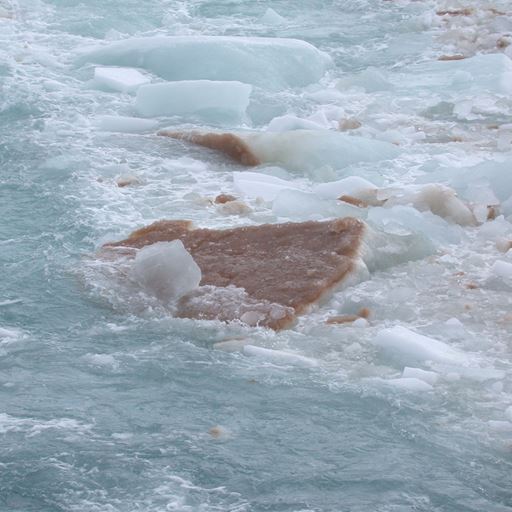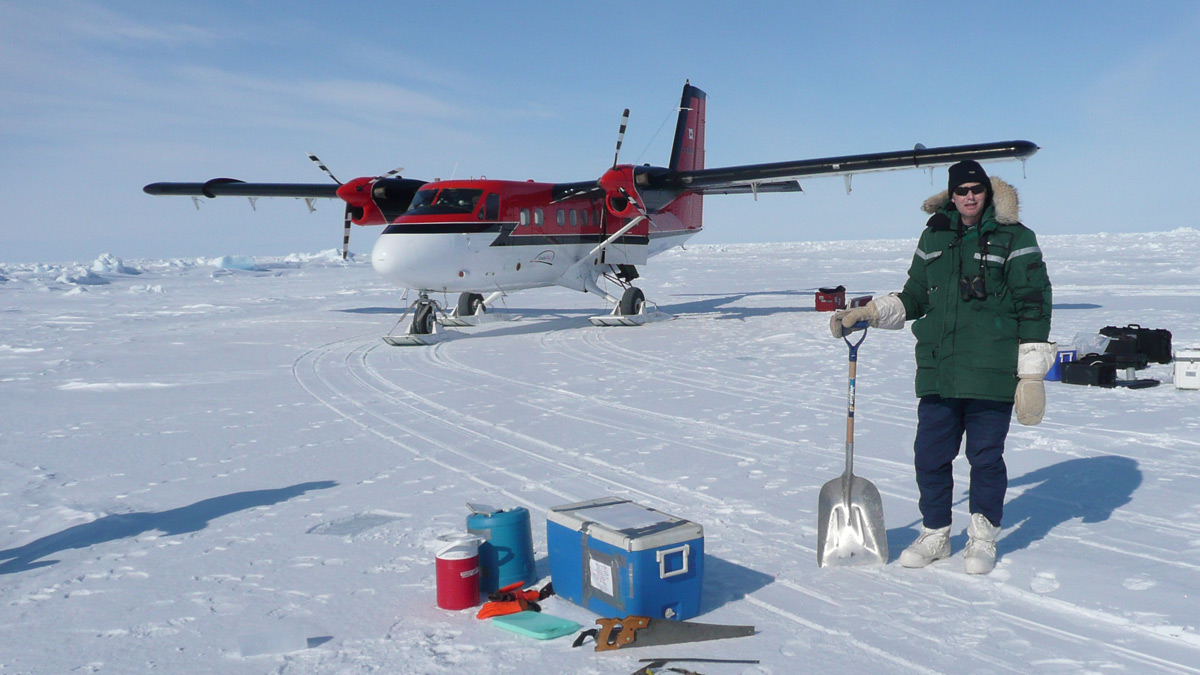Professor Underwood has been working on EPS for over 25 years, in coastal mudflats and salt marshes, rivers, lakes, coral reefs, and more recently sea ice. Professor Mock has been leading the genome project with Fragilariopis cylindrus, and Dr Jan Strauss was leading the analysis of gene expression across the entire genome, which provided key insights into the metabolic pathway for the production of EPS.
EPS protect diatom cells from the environment, helping them move and float and influence the formation of sea ice. They can trap bubbles and get carried into the atmosphere, get eaten by bacteria and enter the food chain or get buried in sediment.
“We knew how important EPS were in the ecology of diatoms, but had never discovered how they adapt to the changing environment, or shown the links between field measurements, cell culture work and gene expression,” explained Professor Underwood. “Our work is the first to show the metabolic pathway and changing chemistry of the EPS that protect the diatoms.”
Looking to future research on diatom EPS, Professor Mock added: “Using the latest genome-editing tools such as CRISPR/Cas, we are very keen to target some of the genes involved in the production of EPS to identify their specific role, which can be very relevant for biotechnological applications such as tolerance to freezing or enhancing secretion of bioactive compounds.”


.jpg?mh=500&mw=500&hash=6568B6C9CCF5290A596BEF6678B6AD0E)




